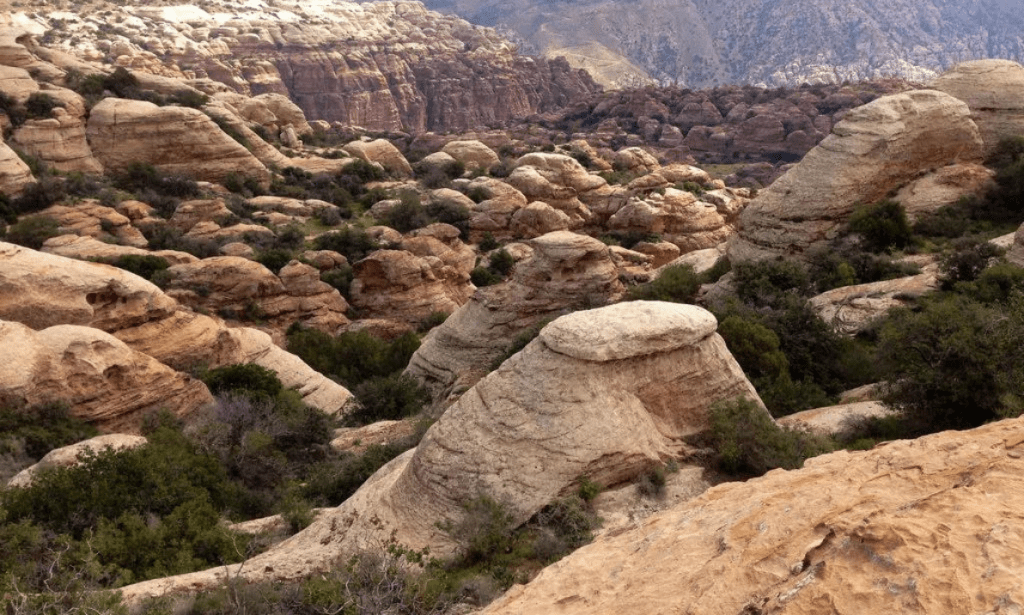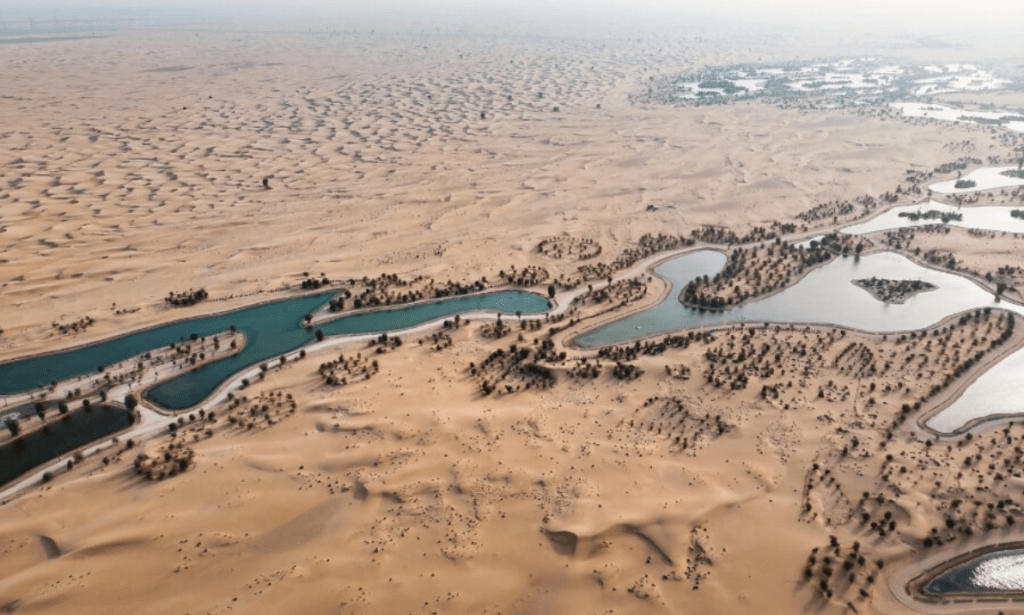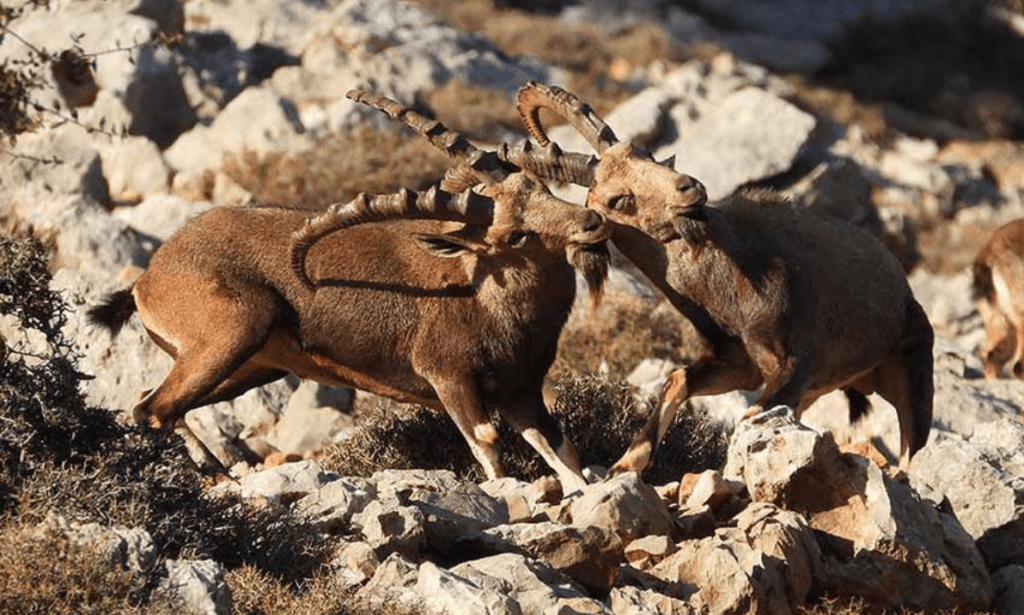If we take a helicopter view over the globe, among the tall skyscrapers and suburban mansions, you’ll notice large stretches of land dominated by wildlife and different types of nature. To many, they are akin to a paradise on Earth as animals get to roam freely in a space completely untouched by the outside world. These spots around the world are known as nature reserves which are areas of land that are designated for the protection of the animals and plants living in those areas.
When taking a look at the region itself, you’ll find a variety of nature reserves, from deserts to wadis scattered in each country. These reserves preserve each country’s unique natural habitat and wildlife. Let’s take a look at the most popular nature reserves across the region and why they are important.
Dana Biosphere Reserve (Jordan)
Imagine standing among massive orange cliffs that extend over the 7000km Great Rift Valley, that is what it feels like when visiting the Dana Biosphere Reserve. Back in 1993, a 300 square km area became designated as the Dana Biosphere Reserve. Home to a series of mountain ridges, plateaus and desert plains, this very special reserve is home to the country’s most diverse nature as it encompasses Jordan’s four different bio-geographical zones that include the Mediterranean, Irano-Turanian, Saharo Arabian and Sudanian penetration.
The unique nature of the reserve makes it home to a very rare collection of plants and animals many of which are endangered like the Sand Cat, the Syrian Wolf, the Lesser Kestrel and the Spiny Tailed Lizard. It is also home to a massive collection of plant life. Can you imagine that one-third of the country’s plant species are found in this reserve with over 833 species at the reserve. Preserving this area is of utmost importance not only because of its wealth of plant life, its protection of endangered animals and its preservation of Jordan’s geological landscape but also because of how it is home to about 100 archaeological sites including the ancient copper mines in Wadi Feinan.
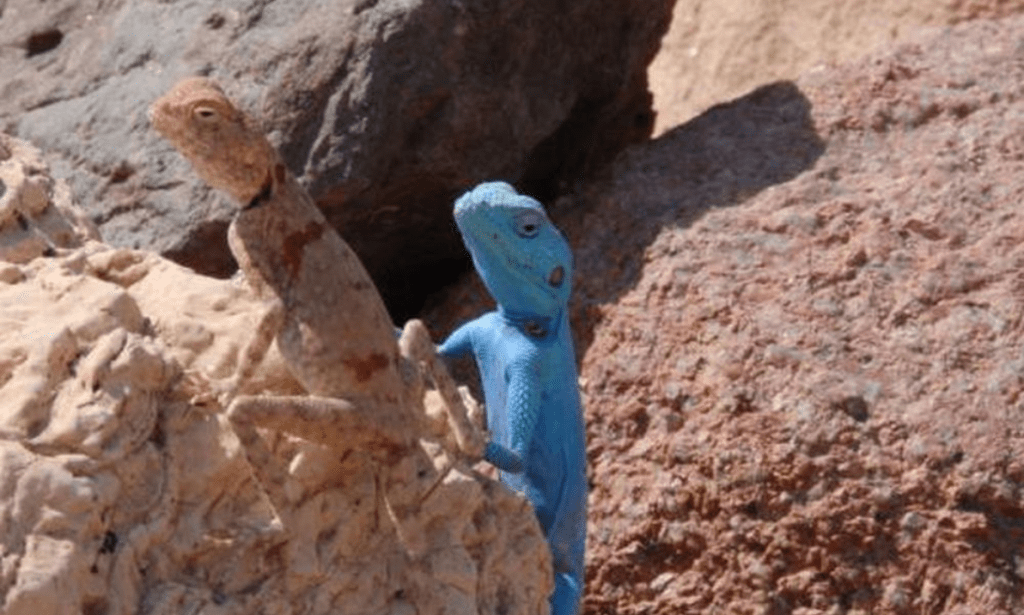
Al Marmoom Desert Conservation Reserve (Dubai)
To many, when thinking of Dubai, gigantic gleaming skyscrapers and luxurious cars come to mind yet along with the modern lush life, several kilometers away from the bustling city, is the largest unfenced nature reserve in the UAE. Known as Al Marmoom Desert Conservation Reserve, the spacious desert sanctuary spans 10% of Dubai’s total area and sits at the desert area of Saih Al Salam. As with the Dana Biosphere Reserve, this reserve is open to the public and is a very important fixture of Dubai as it preserves its natural desert habitat as well as the wildlife that resides within the area.
At Al Marmoom Desert Conservation Reserve you will find the largest population of Arabian oryx in Dubai and the biggest concentration of large flamingos in the UAE. Along with that, It is also home to over 158 species of migratory birds, 204 species of native birds and many other endangered species. Another cool feature housed within the reserve are the man-made desert wetlands known as Al Qudra Lakes. Beyond animal and plant life, the reserve also boasts the 3000-year-old Saruq Al Hadid archaeological site, one of the oldest sites in the county that dates all the way back to the Iron Age.
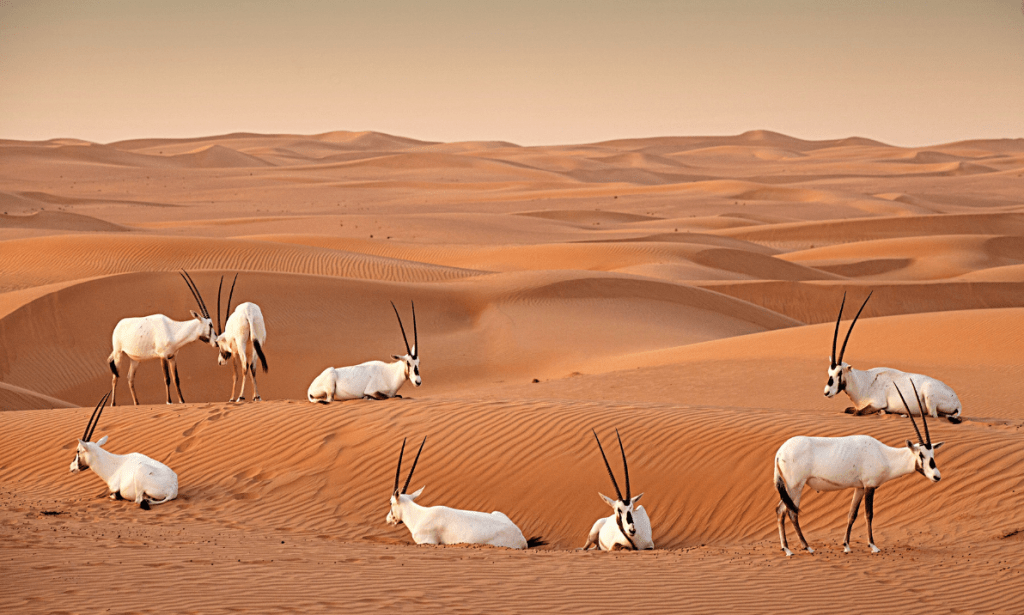
Al Shouf Cedar Nature Reserve (Lebanon)
With Dubai it’s the desert, with Jordan it’s the expansive valleys but when it comes to Lebanon, it’s the large looming cedar trees. The cedar tree is a significant part of Lebanese identity and remains revered among the Lebanese locals. You can find the cedar on everything from the national flag and national airline to the Lebanese currency. Knowing its vast importance to the Lebanese nation, the Al Shouf Cedar Nature Reserve is all about preserving the prominent cedar tree.
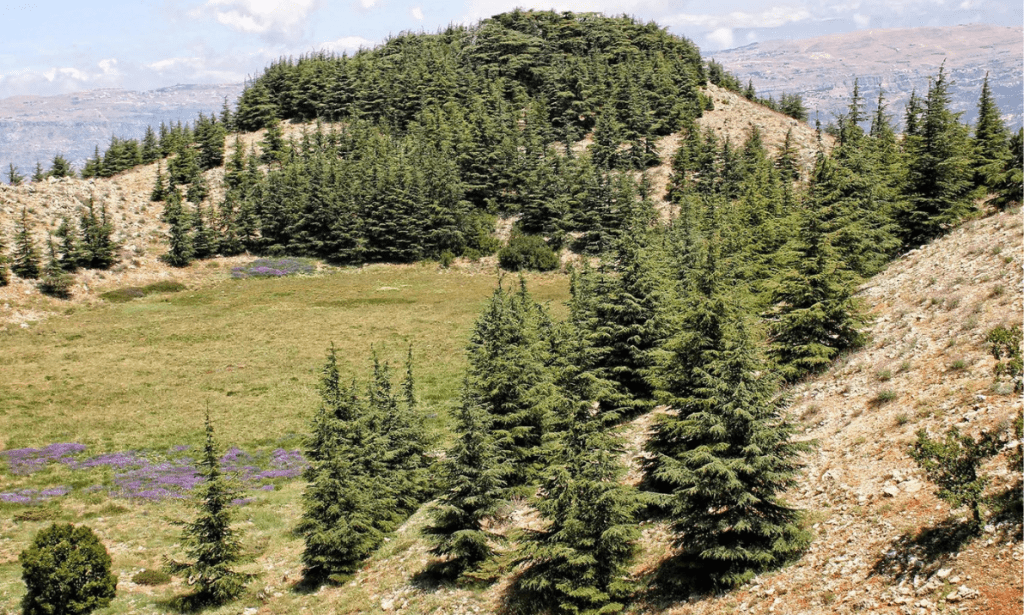
Back in 2005, UNESCO declared it a Biosphere Reserve and today, it accounts for a quarter of the remaining cedar forests in Lebanon. Taking up 5% of the total of Lebanon’s land, it is considered the largest reserve in all of Lebanon. The entire 50,000 hectares sits atop the slopes of Jebel Baruk mountain and is made up of four of the remaining 12 cedar forests of Lebanon. Along with the trees, the reserve is also home to unique animal life including ibexes, gazelles and vultures.
Farasan Islands Reserve (Saudi Arabia)
Unlike the other reserves on this list, Saudi Arabia boasts a very unique type of protected land. Surrounded by the Red Sea are the large archipelago of over 170 islands and islets known as the Farsan Islands Reserve. Covering 5,408 sq. km, the group of islands made of uplifted coral reef sit 40-90 km offshore from the city of Jazan. The massive area is protected because of how it is made up of the most important and significant natural habitats of the Red Sea area.
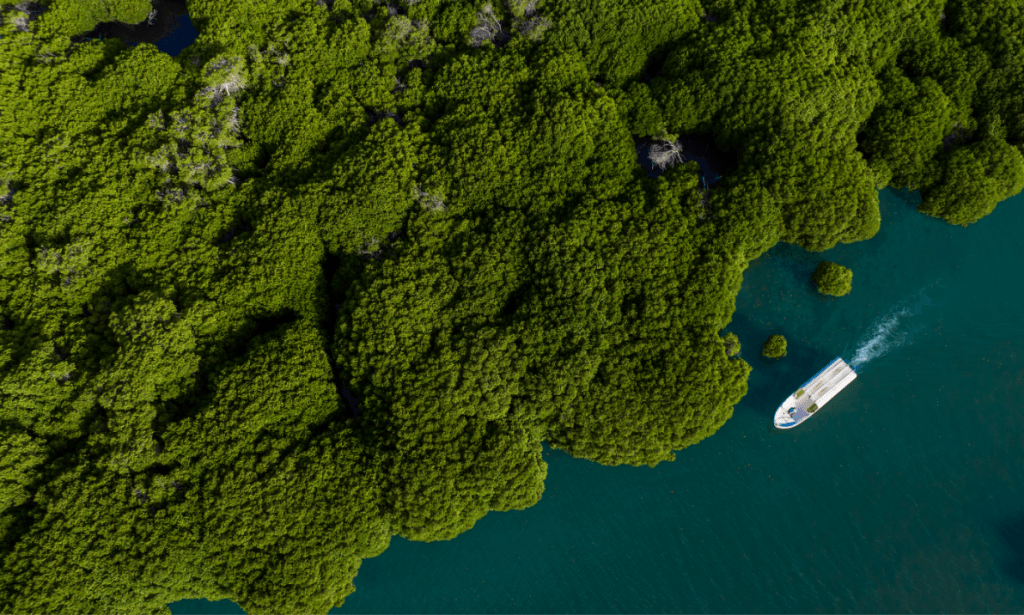
These special islands are home to a huge variety of animals including it’s the massive population of idmi gazelle as well as the greater flamingo, pink-backed pelican, Eurasian spoonbill, and osprey. If we take a look underwater, you’ll notice its unique marine life of dugong, whales, dolphins, green turtles, hawksbill turtles, and manta rays.

Ras Mohammed Nature Reserve (Egypt)
When looking at Egypt, this is the one nature reserve that has to be included on the list. Sitting at the south of Sinai is the Ras Mohammed Nature Reserve, a massive area that spans from the coral reefs of the Red Sea all the way to the desert of the Sinai. It is home to both a pristine shoreline home to exceptional coral reefs as well as an inland area of mountains, valleys and sand dunes. The entire reserve covers an area of 460 square kilometers and houses a unique collection of wildlife and sealife.
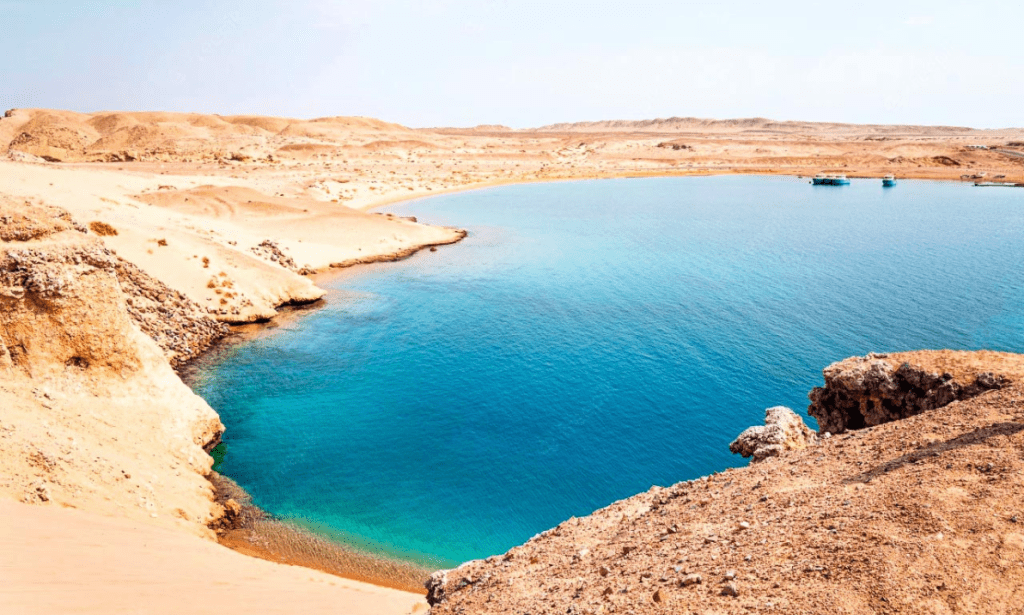
Underwater you will find everything from cartoons, huge sharks and tuna to star fish, sea urchins and molluscs. Along with that, it boasts over 150 species of coral. Heading upwards towards the shore that is where you will meet foxes, lizards, eagles, falcons and hawks that thrive in the high temperatures and rocky-sand environment of its land. Its arid desert plain is also home to sand dunes, mangrove lakes, gravel plains, desert bays, fossil corals, and granite mountains.
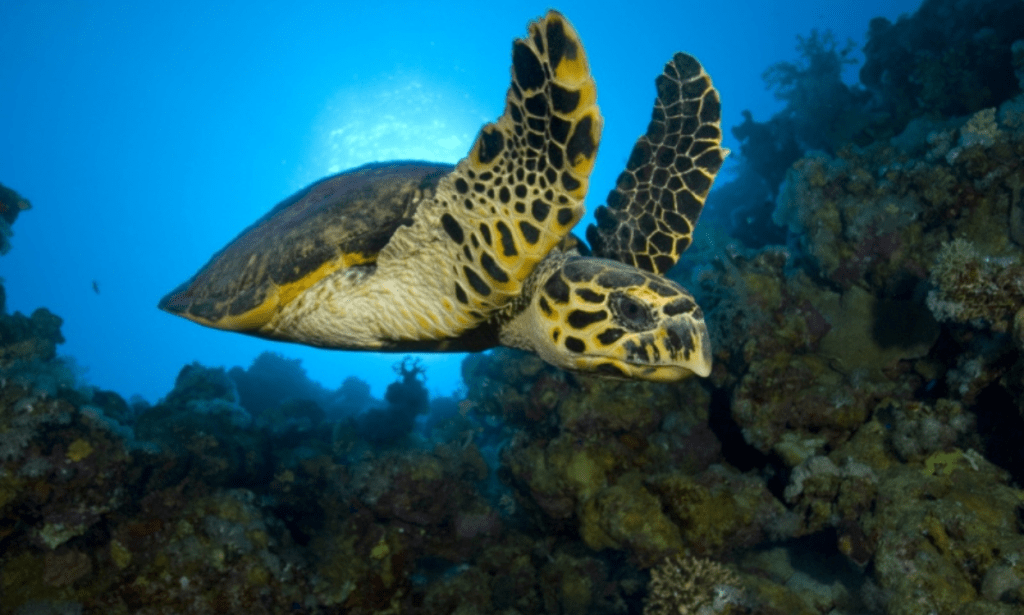
Ras Al-Jinz Turtle Reserve (Oman)
Sometimes nature reserves are made to protect not many but a single animal or type of plant. That is the case with the very unique Ras Al-Jinz Turtle Reserve that is all about protecting local turtle species. Located at the east of Oman, the reserve is made up of 120 square kilometres of beaches, coastal lands, seabed and two Khaurs or lagoons. When it comes to the green turtle population in Oman, the number of green turtles that nest on over 275 beaches that are spread across Oman’s shoreline is about 20,000. This makes Oman one of the most important nesting areas in the Indian Ocean.
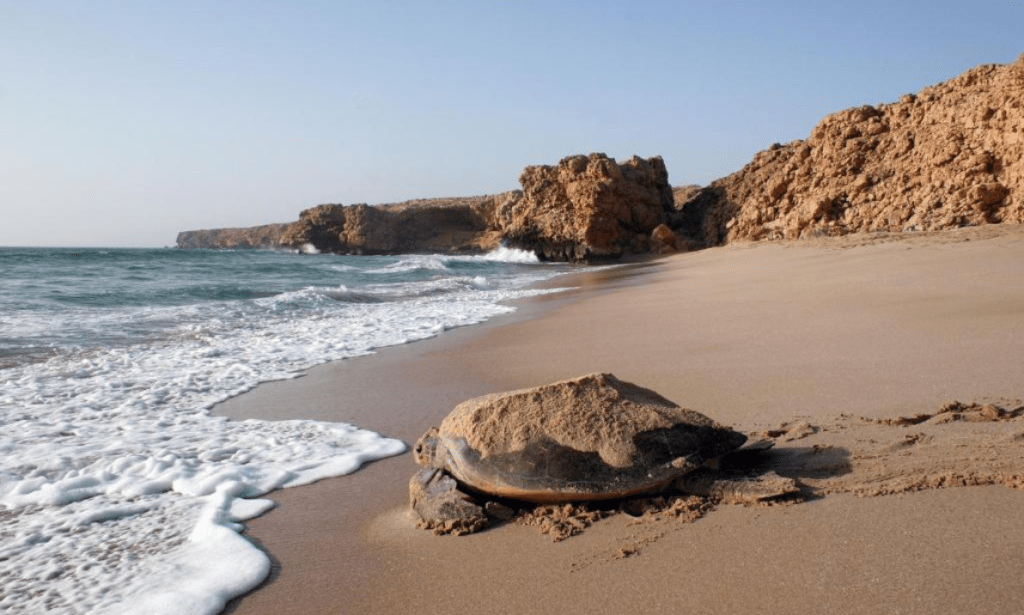
Ras Al-Jinz Turtle Reserve helps to preserve that population of turtles. The entire area is popular for its nesting site that stretches from the coast of Ras al Had to Ra’s ar Ruwais. That stretch of 45km supports the nesting of Leatherbacks, Green and Hawksbill Turtles. It is known that Ras al Had Turtle Reserve is home to one of the world’s few remaining populations of the green turtle.
Getting to know each of these nature reserves across the region helps to not only understand the habitats and type of nature found in the Arab world but also places an important spotlight on both animal and plant life that are endangered and deserve more attention and recognition.



